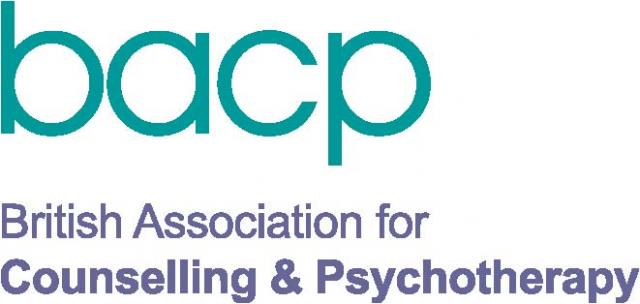The Practice of Intentional Dialogue for Better Couple Communication
/Communication among couples and with loved ones is vital for both people's long-term happiness and relationship success. The thing is, with a process to follow, communication isn't difficult - it just requires commitment to empathy and understanding.
Below are four actionable basic steps that can help to build better communication with loved ones today, providing both partners are committed to this process. It should be done on a regular basis to ensure effective communication between couples - this isn't reserved for when arguments have started or emotions are high - it's for the everyday scenarios and should help prevent disruption your relationship in the long-term. The steps described help us to grow together in our relationship understanding each other's wants and needs.
Step 1: Mirroring
Mirroring is about how to help your partner listen without distorting thoughts and feelings.
The first step of an intentional dialogue is to mirror your partner and let them be heard without judgment. Follow this basic script.
Mirroring Exercise
Tell your partner the message you would like them to hear. The message should start with "I" and describe your feelings. Example: “I feel X when you do Y”, for example “I feel hurt when you don’t listen to me”.
Your partner then mirrors your message. Example: "You feel hurt when I don’t listen to you”. Then ask “Did I get that correct?"
If you feel your partner didn't understand your message, explain again and have them mirror you until the message feels received.
Complete the message. If you were heard accurately, your partner then says, "Is there more you want to say about that?" This helps you to complete your feelings and prevents your partner from responding to incomplete messages.
When the message is completed, your partner then summarises all of the message. Example: "Let me see if I got this right".
They should check for accuracy with, "Did I get it all/right?"
When your message has been heard accurately, you can then move on to the next step.
Communication is not about speaking - it's about being heard.
Step 2: Validating
Why it's not enough just to listen.
It's not enough just to listen, you must learn to pay close attention in order to understand your partner's truth.
Validating Exercise
Your partner does not have to agree with your argument to validate it.
In order to validate your message, they need to use the right language. They should use sentences like this: "I can see what you're saying, I can understand why you are saying that". Using the phrase, "makes sense" is helpful—it clearly validates your partner’s experience.
Your partner must make certain that you feel validated before moving on. If you do, move on to the next step.
Step 3: Empathising
Once the feeling is expressed, it's time to empathise.
The next big step in the dialoguing process is for your partner to empathise with your expressed feelings, this helps to foster intimacy and emotional connection.
Empathy Exercise
Your partner can start the empathy exercise with a statement such as, "I can imagine that you might be feeling" or "I can see you are feeling."
Since it's impossible to know exactly what a person feels, they should check for accuracy. They should ask "Is that what you're feeling?" If they didn't understand the feeling, you should clarify the message.
Once your partner has gone through these steps, a "gift" helps to create strengthen intimacy.
Step 4: Giving the Gift
It's time to ask for a small but emotionally significant change.
What is it that you want that you're not getting? One of the best ways to transform something painful is through a behaviour change request in the form of a "gift”.
The Gift Exercise
Start by asking something as simple as, "Can I ask something of you?" Example: "Can you come and hug me? Can you say a kind word to me?".
Your partner should comply. Keep working at giving each other "gifts" until the behaviour change becomes easier. Once we feel that we can rely on these gifts, we will feel safer and defensives diminish.
When you are finished with your intentional dialogue, reverse roles. This takes regular practice and can feel stilted to begin. Try to carve out time every week, maybe half an hour to dedicate to this practice of intentional dialogue.





